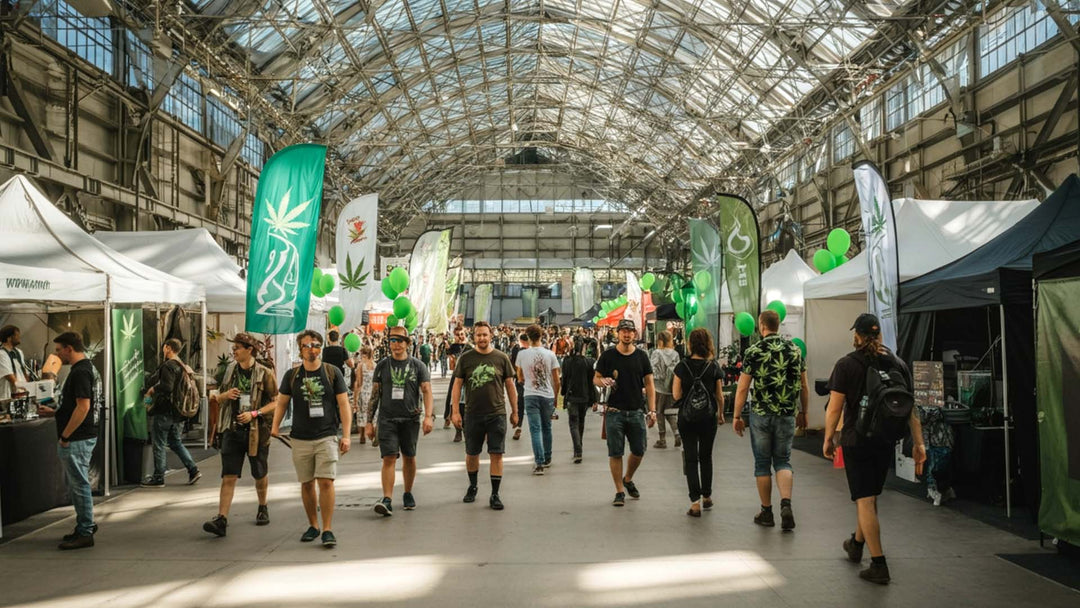Understanding the Stages of a Cannabinoid High: Effects and Implications

Cannabis and cannabinoids have gained broader acceptance due to evolving laws and shifting cultural perceptions. As more people turn to cannabis for recreational and medicinal purposes, understanding its effects on the body has become essential. Among these effects, the "high" experience is a complex process that unfolds over several stages.
Key Factors Affecting the Stages of a High
The experience of a cannabis high can differ based on:
- Types of cannabinoids (e.g., HHC, H4CBD, THC)
- Method of consumption
- User’s tolerance level
- Individual physiological differences
Though each experience is unique, a typical high progresses through five main stages.
1. Pre-Onset
The pre-onset stage is the time between consuming cannabis and feeling the first noticeable effects.
-
Duration: For smoking or vaping, this phase lasts seconds to minutes. For edibles, it may range from 30 minutes to two hours, influenced by metabolism and recent food intake.
- Feelings: No psychoactive effects are present at this stage, but anticipation or mild anxiety may arise, especially for new users or those trying a new product.
2. Onset
The onset stage is when the effects of cannabis begin to be felt.
-
For Smokers and Vapers: Effects appear quickly, often including lightheadedness, relaxation, and mild euphoria.
- For Edibles: Onset is more gradual, with relaxation and happiness intensifying as the cannabinoids interact with the brain.
During this stage, cannabinoids start actively affecting brain function, creating the first perceptible shifts in consciousness.
3. Peak
The peak stage is the high point, where effects reach their maximum intensity.
-
Sensory and Physical Effects: Users often report heightened sensory perception, altered time perception, deep relaxation, or euphoria.
-
Physical Symptoms: Common effects include dry mouth, increased heart rate, and coordination challenges.
- Duration: The peak can last from one to four hours, depending on the dose and potency.
This stage provides the most intense effects, showcasing the full impact of the cannabinoids.
4. Come Down
The come down stage marks the gradual winding down of the high.
-
Experience: Feelings of euphoria and heightened senses diminish, replaced by relaxation and often hunger.
- Physical and Cognitive Recovery: Coordination and cognitive skills start to normalize, though some residual effects like slight impairment or tiredness may persist.
The come down is a gentler phase, where users start to feel more grounded as the intensity of the high subsides.
5. After-Effects
The after-effects stage—or "hangover" stage—occurs once the high has fully worn off.
-
Symptoms: Some users feel tired, lethargic, mildly foggy, or experience headaches.
- Relief Tips: Hydration and rest can help alleviate these symptoms, aiding recovery.
This final stage signals the end of the cannabis experience, as the body fully processes and releases the cannabinoids.
Conclusion
Each individual may experience the stages of a cannabis high differently based on numerous factors. Recognizing these stages can help users anticipate how they may feel throughout the process, make informed decisions about use, and approach cannabis responsibly. Understanding each phase fosters a more mindful, enjoyable experience that aligns with personal preferences and tolerance.


